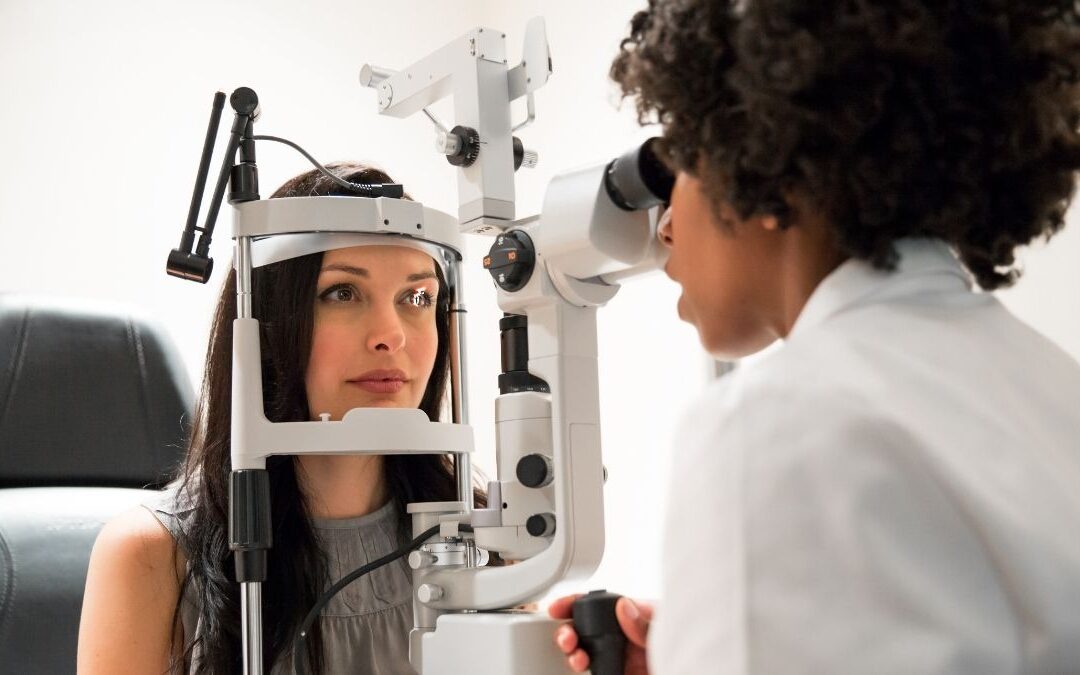HSA for America Blog
Take Back Your Power From Health Insurance Companies
Use our blog as a resource to help you find dramatically better healthcare solutions that lower their costs and increase their healthcare freedom.
Explore our categories
Most Popular
How Much is Health Insurance for a Family of 4? [2026 Planning Guide]
Keeping your family safe, healthy, and financially secure...
Best Healthshare Plans Comparison Guide 2026
Health Sharing Plans are emerging as one of the most...
Health Insurance for Married Couples – 2026 Guide
Unless you get a big subsidy under the Affordable Care...
Christian Health Insurance [2026 Guide]
If you’re a member of the Christian community, then you...
What Is the Penalty for Not Having Health Insurance? It Depends!
Wondering what is the penalty for not having health...
HSA Loophole Tips for Maximizing Your Healthcare Savings
The HSA loophole offers a smart way to save more on...
Inherited Health Savings Accounts – What Happens to HSA Accounts When The Owner Dies? A Guide for HSA Beneficiaries
An HSA account is best used while we’re alive. They...
Beware of Surprise “Facility Fees” Medical Bills
Did you ever go to the doctor for a simple medical...
What Does Medi-Share NOT Cover?
No health plan includes everything. But what does...
Best Health Insurance for the Self-Employed
Self-employed individuals face unique challenges when it...
The Best Non-Religious Health Sharing Plans
Health sharing plans started in religious communities,...
How to Combine an HSA and a Health Sharing Plan
Since 2001, we've seen countless health cost-saving...
Explore All Latest Posts

What is an Out-of-Pocket Maximum & How Do They Work?
The out-of-pocket maximum is one of the most misunderstood but important parts of your healthcare...

How Much Does an Eye Exam Cost Without Insurance?
Eye exam cost without insurance might sound expensive, but the reality is far less intimidating....
![The 5 Best Health Sharing Plans for 2026 [Updated Comparison]](https://hsaforamerica.com/wp-content/uploads/2021/11/The-5-Best-Health-Sharing-Plans-Updated-Comparison-1-1080x675.png)
The 5 Best Health Sharing Plans for 2026 [Updated Comparison]
Need a low-cost alternative to traditional, overpriced health insurance? The best Health Sharing...

Is $200 a Month a Lot for Health Insurance? Full Cost Breakdown To Find Better Value
Is $200 a month a lot for health insurance, or are you actually getting a fair deal? That depends...
![How Much is Health Insurance for a Family of 4? [2026 Planning Guide]](https://hsaforamerica.com/wp-content/uploads/2025/04/How-Much-is-Health-Insurance-for-a-Family-of-4-1080x675.jpg)
How Much is Health Insurance for a Family of 4? [2026 Planning Guide]
Keeping your family safe, healthy, and financially secure is a priority for most. Paying too much...

HSA vs FSA Account: Which Healthcare Savings Plan Is Right for You?
Have questions about the difference between an HSA vs FSA account during open enrollment? You’re...
![Christian Health Insurance [2026 Guide]](https://hsaforamerica.com/wp-content/uploads/2025/01/Christian-Health-Insurance-1080x675.jpg)
Christian Health Insurance [2026 Guide]
If you’re a member of the Christian community, then you have probably heard about special health...

Best Healthshare Plans Comparison Guide 2026
Health Sharing Plans are emerging as one of the most effective and flexible alternatives to traditional health insurance. In this updated side-by-side healthshare plans comparison guide, we rate and review the best and most affordable options that are currently available.

Can I Use HSA for DPC? Yes, Starting January 2026!
Great news for Direct Primary Care fans: you can finally use your HSA to pay for DPC membership...

Health Insurance for Married Couples – 2026 Guide
Unless you get a big subsidy under the Affordable Care Act, health insurance for married couples...
Available Plans | HSA Info | Healthshare Info | FAQS | Blog | News | About Us | Contact Us | Privacy Policy | Agents Needed

Contact Information:
1001-A E. Harmony Rd #519 Fort Collins, CO 80525
800-913-0172
info@HSAforAmerica.com
Disclaimer: All information on this website is relayed to the best of the Company's ability, but does not guarantee accuracy. Information may be out of date. The content provided on this site is intended for informational purposes only and does not guarantee price or coverage. This site is not intended as, and does not constitute, accounting, legal, tax, and/or other professional advice. Determination of the actual price is subject to the Carriers.
![How Much is Health Insurance for a Family of 4? [2026 Planning Guide]](https://hsaforamerica.com/wp-content/uploads/2025/04/How-Much-is-Health-Insurance-for-a-Family-of-4-400x250.jpg)


![Christian Health Insurance [2026 Guide]](https://hsaforamerica.com/wp-content/uploads/2025/01/Christian-Health-Insurance-400x250.jpg)








